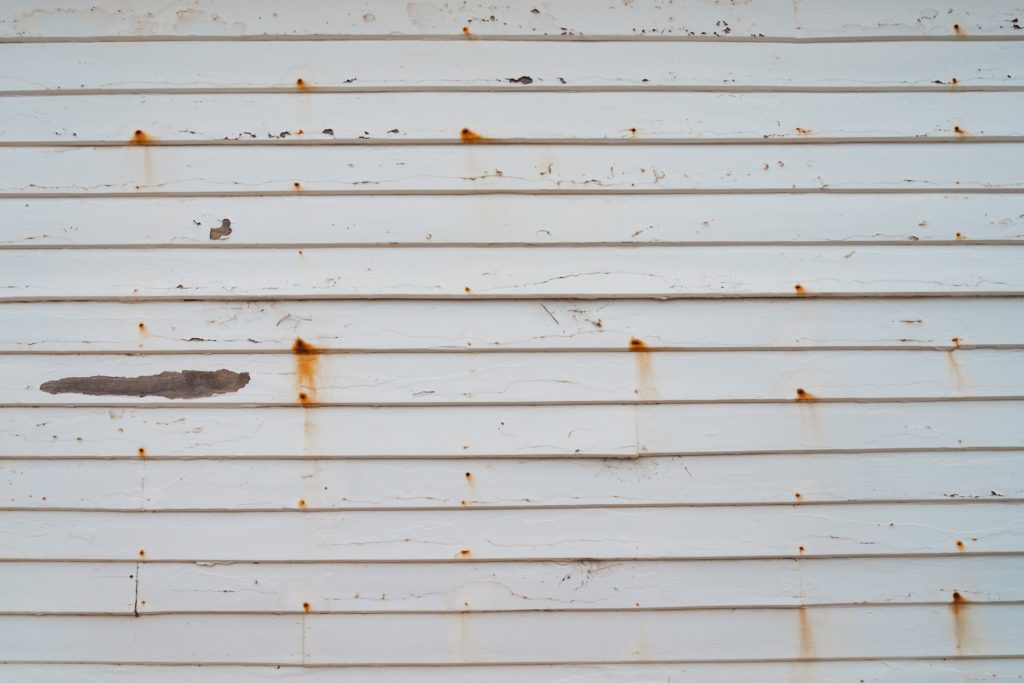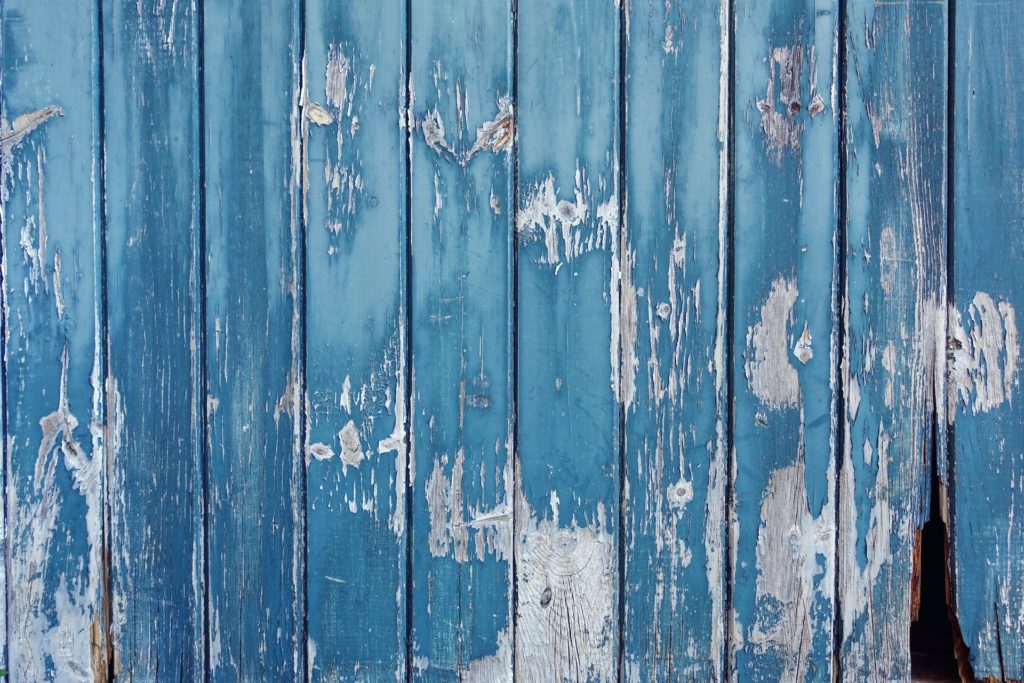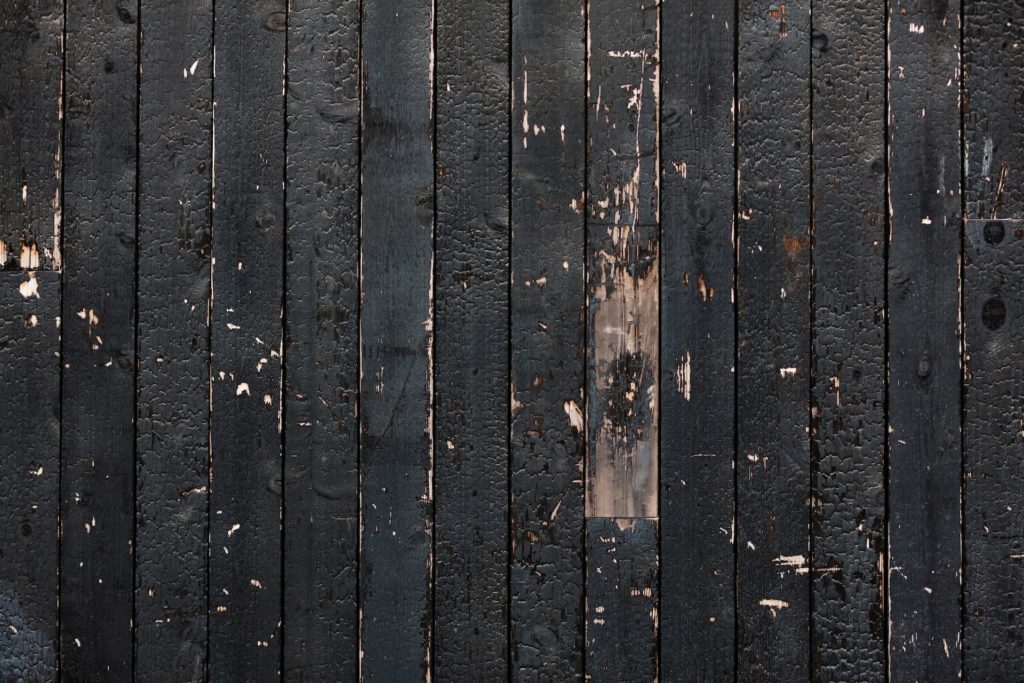Siding is one of the best things you can do to protect your house from moisture and the elements. It not only offers protection but also provides insulation and visual appeal for your house.
If you are dealing with holes in your siding, you have come to the right place. In this article, we provide you with comprehensive step-by-step instructions on how to fix holes in your siding (wood and vinyl) and guide you through prevention methods to keep them from occurring.
How to Fix Holes in Vinyl Siding
Vinyl siding is extremely durable with an expected lifespan of 40+ years. Unlike how it is with wood siding, you wouldn’t have to worry about deterioration in quality due to natural elements. Vinyl siding requires very little maintenance like some necessary washing.
However, there are some issues which can reduce the lifespan of your vinyl siding, one of which is hole formation. So fix cracks and holes in the siding immediately as they will only lead to extensive damage if left unattended.
Similar to wood siding repairs, there a few methods to repair holes in your vinyl siding. The repair method you follow depends on the size and type of damage you’re dealing with.
Steps to Repair Large Holes in Vinyl Siding
As discussed before, failing to fix large holes in your siding at the earliest could result in serious damage to your house.
The first step in repairing them is to clean the siding and the work area of any dust and debris as they can prevent the patch from adhereing properly to the siding.
- First, buy a vinyl siding patch kit which matches the colour and texture of your house’s existing siding.
- Cut out a patch piece slightly larger than hole in your siding.
- Then, apply adhesive to the back of the patch piece you just cut.
- Insert the patch piece over the hole and trim away the excess material.
- Attach the piece firmly over the hole to ensure proper adhesion.
- If needed, you can use screws and nails to attach the patch for extra reinforcement.
- Sand down and wipe the replacement patch for a smooth finish.
- Finally, paint or stain the area for it to match the existing siding.
Steps to Repair Medium Holes in Vinyl Siding
For medium sized holes in your siding, use replacement vinyl siding. Replacement siding refers to individual siding pieces or panels used to replace damaged existing siding.
- First, clean the vinyl siding and work area with mild detergent and water and let it dry.
- Cut a piece of replacement siding; this piece should be slightly bigger than the hole.
- Apply exterior-grade adhesive to the back of the replacement siding panel.
- Attach the replacement panel securely onto the damaged area, making sure it aligns with the existing siding panels.
- For extra reinforcement, you can use screws and nails along the edges to secure the panel.
- Cut away any excess siding material after the adhesive has completely dried.
- Sand the area and clean it to remove any remaining adhesive.
- Paint over the replacement siding panel for it to match the existing siding.
Steps to Repair Small Holes in Vinyl Siding
- Clean the area around the siding hole with water and mild detergent and wait for it to dry completely.
- Apply a small amount of exterior-grade caulk into the hole and fill it up.
- Then, use your finger or a small putty knife to smooth out the caulk.
- If required, use a vinyl siding patch kit to cover the hole and secure it neatly with adhesive or screws.
- Remove excess caulk with a scraper or a utility knife and clean the area thoroughly to ensure a smooth finish.
- Paint or stain the area with a colour that matches the existing siding.
Also Read: 27 Awesome Sliding Barn Door Ideas for the Home.
How to Fix Holes in Wood Siding
Wood siding is durable and will last you 20-40 years if maintained well. To make your wood siding last longer, scrape, sand and paint it every 5 years.
Since wood is a natural material unlike vinyl, it is more susceptible to natural elements like weather conditions, rusting nails, and pest infestations. The most common reason for hole formation in wood siding are insects like termites, ants, and beetles, or even woodpeckers.
Fortunately, holes in your wood siding are fixable. There are a few methods to repair them, how you do it depends on the size of the cracks, gaps, and holes.
Steps to Repair Large Holes in Wood Siding
To fix holes larger than 2 inches in diameter, you’ll need a drill and hole saw. The following method works effectively to repair holes as big as four inches in diameter on both lap and board and batten wood siding.
- Remove the pilot drill bit from a hole saw which is slightly larger than the hole you’re fixing.
- Place the hole saw over the hole in the siding and carefully drill a hole over the damaged spot. While drilling into the siding, be very careful to not damage the tar paper or house wrap underneath.
- If there is a gap between the siding and the house wrap, fill it using spray foam sealant and cut away the excess after it cures.
- Use a hole saw to trace a circle onto a piece of replacement siding material.
- Then, use a jigsaw or a slightly larger hole saw to cut out the shape.
- Test the replacement piece to make sure it fits over the siding hole.
- Spread wood filler around the the circumference of the circle and the inside of the hole and attach the new piece to the hole tightly, letting the excess filler to squeeze out through the edges.
- Next, apply a thin layer of wood filler to the patch and its edges to fill any remaining gaps or voids.
- After the filler has cured, scrape and sand to match the existing siding’s texture.
- Finally, paint and add finishing touches to achieve the desired look.
Steps to Repair Small Holes in Wood Siding
- To repair small holes up to 2 inches in diameter, scrape away loose paint with a wire brush or a scraper and remove any debris from inside the hole.
- You can fix small holes which don’t extend all the way through by using epoxy putty which you can use to match the existing siding or paint over later to match the rest of the house.
- If the hole extends deep through the siding to create a gap between the house’s tar paper or protective wrap, apply a small amount of spray foam sealant in the hole to provide a base for the compound.
- If the foam reaches past the face of the siding while curing, cut away the excess to create a void for the epoxy to fill.
- After the epoxy putty has cured, sand it to match the existing siding.
- Finally, paint or stain the area to achieve the desired look.
What Causes Holes in Siding?
There are various factors that could cause damages to your siding. Here are some of which you need to look out for:
1. Impact-Induced Damage
One of the most common causes for holes in your siding, especially vinyl siding is forceful impact, whether accidental or natural. Rogue baseballs, hail, stones, and rocks or any object thrown forcefully or driven by wind could cause damage to your siding and create holes in it.
2. Damage by Power Tools
Sometimes, people accidentally drill holes into their siding while working on construction or renovation projects for objects attached to siding. The improper use or carelessness in using power tools may cause holes in your siding.
3. Animals, Pests, and Natural Causes
Regularly check for animal life under your siding as small animals, birds, insects and other pests may cause holes in your siding by scratching, chewing, pecking, eating and burrowing into the siding. Keep an eye out for rodents, woodpeckers, termites and squirrels among other pests.
4. Storm and Hail
Siding is usually engineered to withstand extreme weather conditions, yet a powerful storm could launch objects at high speeds at your siding, these high-impact occurrences could cause holes in your siding.
5. Deterioration due to Age
As time passes, your siding becomes more vulnerable to developing holes. Continued exposure to changing weather conditions like the expansion due to heat and the subsequent shrinkage could cause the quality of your siding to deteriorate over time. At one point in time, your siding will become too brittle to resist damage.
Also Read: Why Is James Hardie Siding the Best Choice for Denver, Colorado Homes?
How to Prevent Holes in Siding?
An effective way to prevent holes in your siding is by cleaning and removing debris and foliage which has accumulated on the siding on a regular basis. In addition to that, frequently inspect the siding for wear and tear and any signs of damage.
Conclusion
To wrap things up, fixing up holes in your siding could be a time consuming job, but make sure to fix them up at the earliest as leaving them unattended would only lead to more serious damage which would end up costing you more. A well-maintained siding would be more resistant to damage and last longer, so take good care of it.



